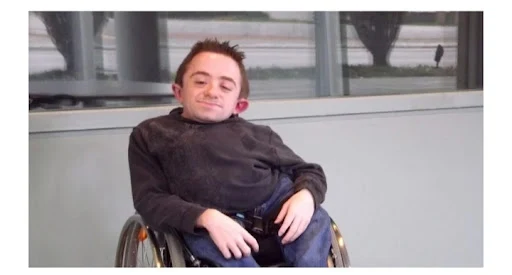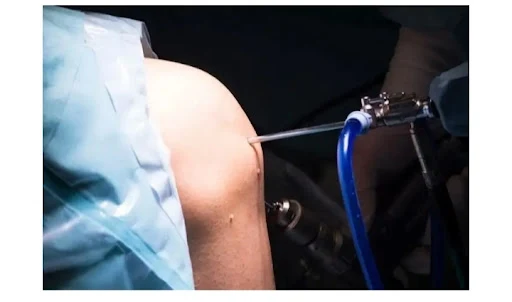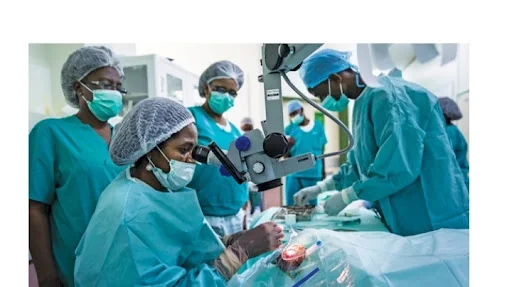BRRITLE BONE DISEASE (OSTEOGENESIS IMPERFECTA)
The Reasons and Available Treatments
Osteogenesis Imperfecta often colloquially termed "BRRITLE BONE DISEASE" is an exceptionally rare genetic disorder that adversely impacts the integrity of bones rendering them highly susceptible to fractures. In this article we aim to provide insight into the origins types symptoms and the spectrum of treatment options offered to individuals afflicted with Osteogenesis Imperfecta.
Etiology of Osteogenesis Imperfecta.
The root cause of Osteogenesis Imperfecta lies predominantly in genetic mutations affecting collagen synthesis the pivotal protein in fortifying bone structure. Collagen plays a central role in bolstering bone integrity and any disturbances in its production render bones exceedingly brittle rendering them vulnerable to fractures. OI is generally transmitted through an autosomal dominant inheritance pattern, signifying that if one parent possesses the defective gene there is a 50% probability of the offspring inheriting the condition.
Diverse Classifications of Osteogenesis Imperfecta.
Osteogenesis Imperfecta encompasses a variety of types with each classified based on the specific genetic aberrations and clinical attributes. The principal types encompass.
1. Type I
A mild manifestation characterized by fractures blue sclerae (a distinctive bluish tint in the whites of the eyes) and dental anomalies.
2. Type II
The most severe form often fatal marked by extensive fractures occurring either before or shortly after birth.
3. Type III
A grave variant with fractures manifesting at birth skeletal deformities and progressive skeletal complications.
4. Type IV
Of moderate severity characterized by discernible skeletal deformities and frequent fractures.
5. Type V
A distinct subtype with unique features including ossification abnormalities.
6. Type VI
7. Type VII
An exceedingly rare subtype characterized by moderate to severe symptoms and limb deformities.
Clinical Symptoms
The primary symptom of Osteogenesis Imperfecta remains the heightened susceptibility to fractures which may transpire with minimal trauma or even spontaneously. Other accompanying symptoms and complications may encompass.
Bone deformities
Stature diminishment
Muscular weakness
Auditory impairment
Joint laxity
Respiratory complications in severe cases
Dental issues
Treatment Modalities
Although a cure for Osteogenesis Imperfecta remains elusive there exists a gamut of treatment options aimed at managing the condition and ameliorating the quality of life for those affected.
1. Fracture Management
Swift and apt management of fractures is pivotal often involving techniques such as casting bracing or surgical interventions to provide stability to the affected bones.
2. Physical Therapy
Physical rehabilitation can enhance muscular strength and joint flexibility proving particularly beneficial for individuals dealing with OI.
3. Medications
4. Surgical Interventions
In severe cases surgical procedures might be imperative to correct bone deformities or insert metal rods into long bones reinforcing their structural integrity.
5. Assistive Devices
Mobility aids including wheelchairs or walking aids may be warranted to augment self sufficiency and reduce the likelihood of falls.
6. Dental Care
Periodic dental evaluations and interventions are fundamental for addressing dental anomalies linked to OI.
7. Hearing Aids
In instances of hearing impairment hearing aids can markedly enhance communication and overall quality of life.
Few more words
Osteogenesis Imperfecta is an exceedingly rare genetic disorder impacting bone development culminating in a heightened propensity for fractures. Grasping the underlying causes diverse typology and the breadth of available treatment options is paramount for individuals grappling with OI and their support networks. With meticulous medical care physical rehabilitation and a robust support system those affected by Osteogenesis Imperfecta can lead fulfilling lives despite the daunting challenges it presents. Timely diagnosis and comprehensive management are pivotal for improving the outcomes and quality of life for individuals living with Osteogenesis Imperfecta.
















Comments
Post a Comment
Thanks